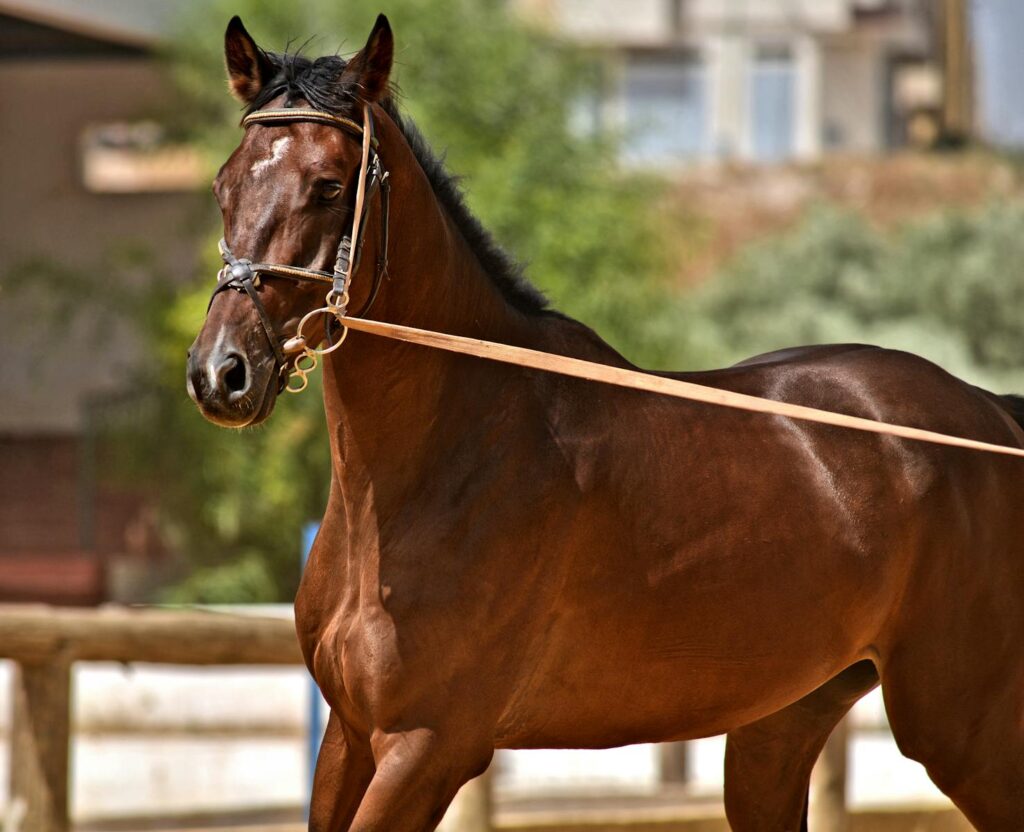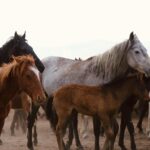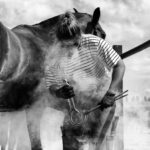Maintaining your horse’s optimal weight and muscle tone year-round presents a significant challenge for many equestrians and horse owners. Unlike humans, who typically follow consistent daily routines, horses are subject to seasonal fluctuations in activity levels, feed availability, and physiological demands—all of which can dramatically affect their body condition. Whether you’re caring for a performance athlete preparing for competition, a recreational riding partner, or a beloved pasture companion, adapting your management practices to support steady weight and muscle development is essential for long-term health and performance. This comprehensive guide will walk you through practical, science-backed strategies to help your equine partner look and feel their best—regardless of season, age, or activity level.
Understanding Body Condition Scoring
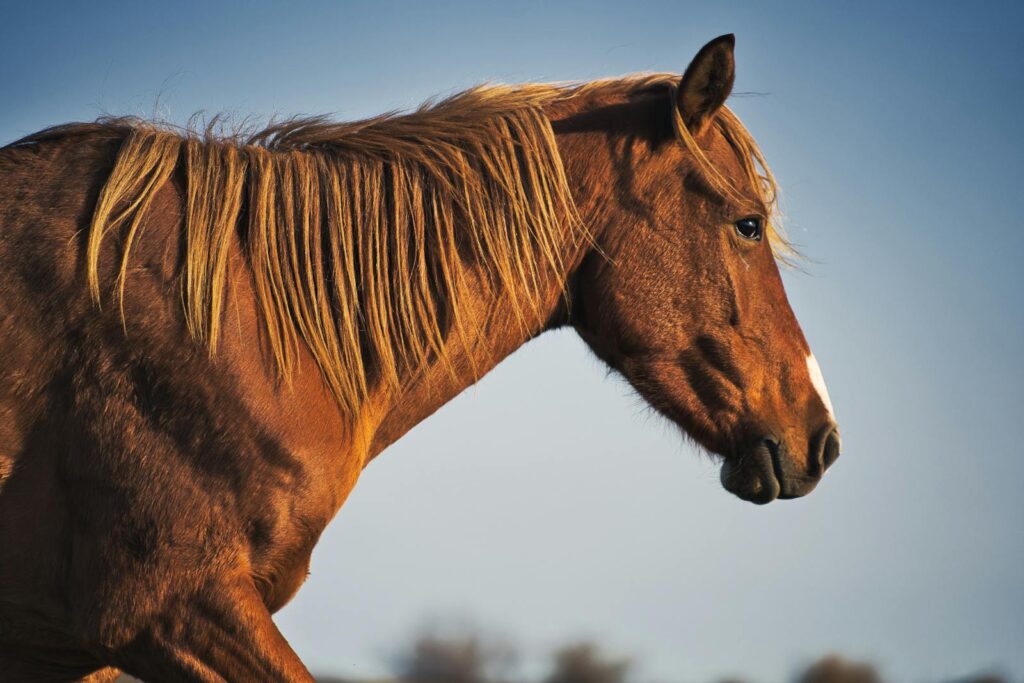
Before implementing any weight management program, it’s essential to accurately assess your horse’s current condition using a standardized method. The Henneke Body Condition Scoring system—widely adopted by equine professionals worldwide—uses a numerical scale from 1 (emaciated) to 9 (extremely obese), with a score of 5 to 6 generally considered ideal for most horses. This objective evaluation involves examining six specific body areas: the neck, withers, shoulders, ribs, loin, and tailhead. Regular scoring, ideally every 2 to 4 weeks, helps detect subtle changes before they become problematic and allows you to adjust your management plan accordingly. Taking dated photographs from consistent angles enhances your scoring efforts by providing visual documentation of changes that might otherwise go unnoticed in daily observation.
Seasonal Nutritional Adjustments

Adjusting your horse’s diet to accommodate seasonal changes is fundamental to successful year-round weight management. During colder months, horses naturally require 15–25% more calories to maintain body temperature, especially if kept outdoors without blankets or adequate shelter. Conversely, spring and summer often bring lush pasture growth that can lead to unwanted weight gain in easy keepers. Developing a seasonal feeding calendar that anticipates these changes allows for proactive rather than reactive management. In winter, consider transitioning to higher-calorie forage options such as alfalfa-mix hay, while implementing restricted grazing or grazing muzzles during periods of rapid pasture growth to prevent obesity and related conditions like laminitis.
The Foundation: Quality Forage
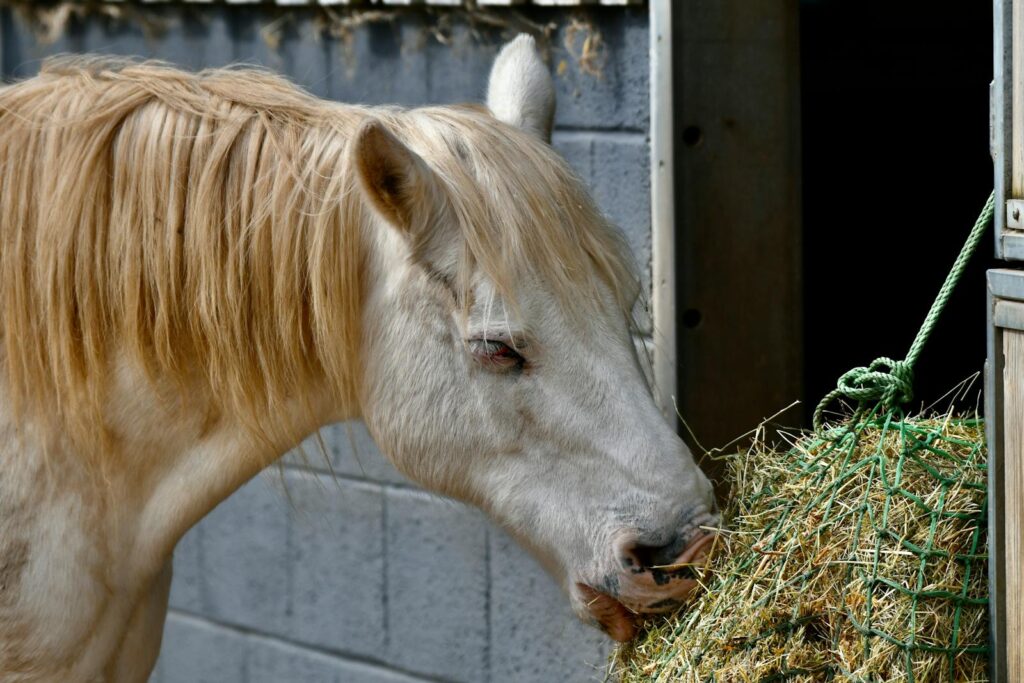
Quality forage should form the foundation of every equine diet, supporting both weight maintenance and muscle development. Horses evolved as continuous grazers, with digestive systems adapted to process fibrous plant material throughout the day. Aim to provide 1.5–2% of your horse’s body weight in forage daily—typically 15–20 pounds for a 1,000-pound horse—while adjusting for individual metabolism and activity level. Analyzing your hay’s nutritional content allows for more accurate ration balancing than relying on visual inspection alone. For horses that struggle to maintain weight, consider using slow-feeding systems such as small-hole hay nets or specialized feeders. These tools help extend foraging time, minimize waste, and prevent digestive issues caused by long periods without food.
Strategic Concentrate Selection
While forage forms the foundation of an equine diet, many horses require additional concentrated energy sources to maintain optimal weight—especially during periods of increased workload or environmental stress. When selecting concentrates, prioritize your horse’s individual nutritional needs over brand loyalty or convenience. Performance horses with high energy demands often benefit from feeds that contain moderate starch levels, along with digestible fiber and healthy fats. Senior horses or those with dental issues may require specially formulated complete feeds that ensure balanced nutrition even when hay intake is limited. For horses that need to build muscle without adding excess calories, look for feeds with higher protein content (14–16%) and a well-balanced amino acid profile—particularly lysine, methionine, and threonine, which are essential for muscle development.
The Role of Supplementation
Strategic supplementation can help fill nutritional gaps in your horse’s diet that affect weight maintenance and muscle development. Omega-3 fatty acids from sources such as flaxseed or fish oil not only add caloric density but also support joint health and reduce inflammation. Branched-chain amino acids (BCAAs)—including leucine, isoleucine, and valine—have been shown to promote muscle protein synthesis and enhance recovery after exercise when provided in appropriate amounts. Vitamin E, working in tandem with selenium, protects cell membranes and supports muscle function—especially vital for horses in intense training or with limited access to fresh pasture. Before introducing any supplement, evaluate your horse’s current diet for potential deficiencies or imbalances, as inappropriate supplementation can do more harm than good.
Exercise Protocols for Muscle Maintenance
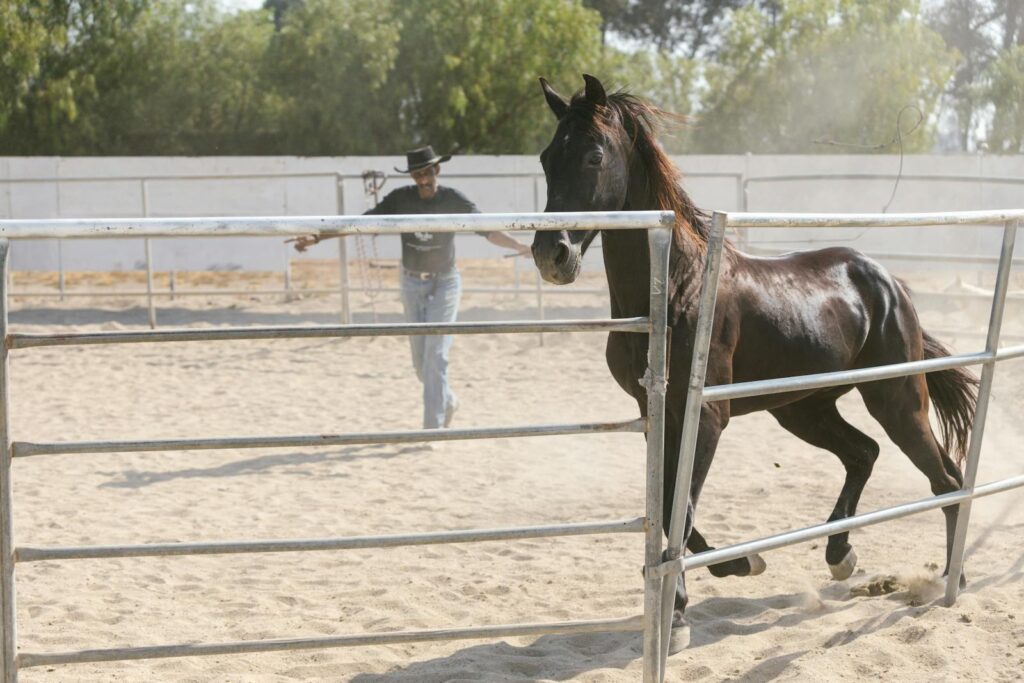
Consistent, appropriate exercise is essential for stimulating muscle development and regulating metabolism to support effective weight management. Instead of relying on sporadic, high-intensity workouts, aim for a regular exercise routine that gradually builds fitness while minimizing the risk of injury. Whenever possible, incorporate varied terrain—uphill work activates the hindquarters and core muscles, while properly managed downhill walking strengthens the front-end support structures. Cross-training across disciplines helps prevent repetitive strain and promotes balanced muscle development. For instance, dressage improves core stability, which benefits jumping horses, while trail riding offers mental stimulation for arena-focused athletes. Don’t overlook rest days—true muscle growth and repair occur during recovery, not during the exercise itself.
Addressing the Hard Keeper
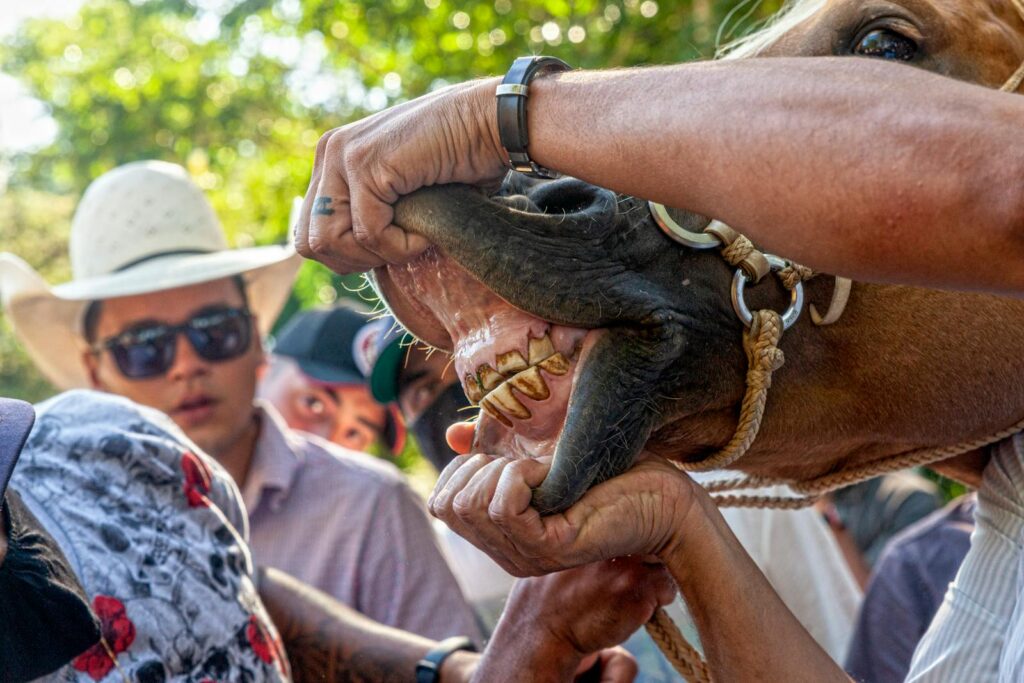
Managing horses that struggle to maintain weight requires a methodical approach that both rules out underlying health issues and maximizes nutritional intake. Start with a comprehensive veterinary evaluation, including a dental exam, as dental problems commonly lead to weight loss by affecting a horse’s ability to chew and digest feed effectively. If internal parasites are a concern, base your deworming strategy on fecal egg counts rather than outdated rotational schedules. For confirmed hard keepers without medical issues, divide concentrate feedings into several small meals throughout the day to improve digestion and nutrient absorption while minimizing the risk of digestive upset. Incorporating calorie-dense, easily digestible fat sources—such as rice bran, vegetable oil, or commercial high-fat supplements—can boost energy intake without relying on high starch levels that may cause gastrointestinal problems.
Managing the Easy Keeper
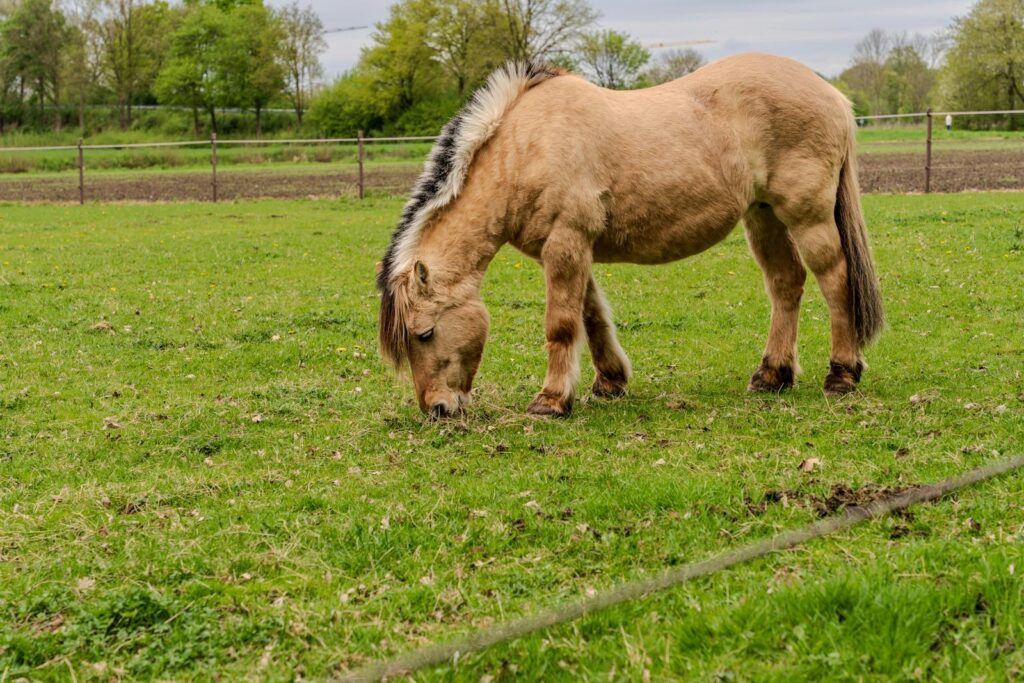
Horses genetically predisposed to efficient metabolism present the opposite challenge, requiring careful management to prevent obesity and associated health issues. Develop a structured exercise program tailored to the horse’s fitness level and any physical limitations, as regular activity improves insulin sensitivity and supports healthy body condition. Instead of traditional concentrate feeds, use ration balancers that supply essential vitamins, minerals, and amino acids without unnecessary calories. Employ slow-feeding systems to extend foraging time and satisfy the horse’s natural need to chew, while limiting overall intake. For easy keepers on pasture, consider grazing muzzles during peak growth periods or use strip grazing techniques to control access to fresh grass without eliminating turnout.
The Impact of Hydration
Proper hydration plays a surprisingly significant role in weight maintenance and muscle function—an often-overlooked factor by many horse owners. Even mild dehydration can reduce feed intake, impair digestion, and hinder muscle recovery after exercise. Always provide unrestricted access to clean, fresh water, using heated options during freezing temperatures and monitoring drinking habits to catch potential health issues early. Electrolyte supplementation is essential during periods of heavy sweating, as imbalances can suppress thirst and negatively impact muscle performance. For picky drinkers, strategies such as offering warm water in winter, flavoring water with a splash of apple juice during travel, or providing salt blocks to stimulate thirst can help maintain adequate hydration and support metabolic efficiency.
Stress Management and Its Physiological Effects
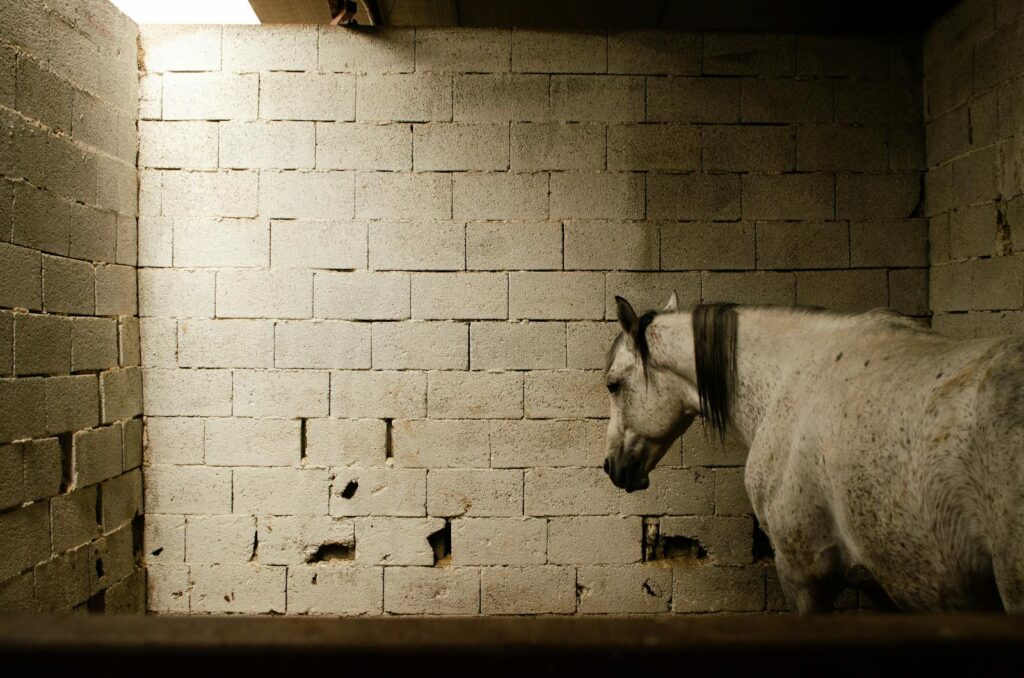
Chronic stress triggers physiological responses that significantly impact weight maintenance and muscle development—often in ways horse owners may not immediately recognize. Elevated cortisol levels resulting from stressful environments, intense training, or social isolation can lead to muscle breakdown (catabolism) and promote fat accumulation, especially in the neck and abdominal areas. To counteract this, ensure your management practices support natural behaviors and meet psychological needs by providing regular turnout with compatible companions whenever possible. When stabling is necessary, incorporate environmental enrichment such as safe toys, multiple forage sources, or stall designs that allow visual interaction with other horses. For performance horses, schedule sufficient recovery periods between training sessions and stay alert for subtle behavioral changes that may signal stress before physical signs emerge.
Winter-Specific Strategies
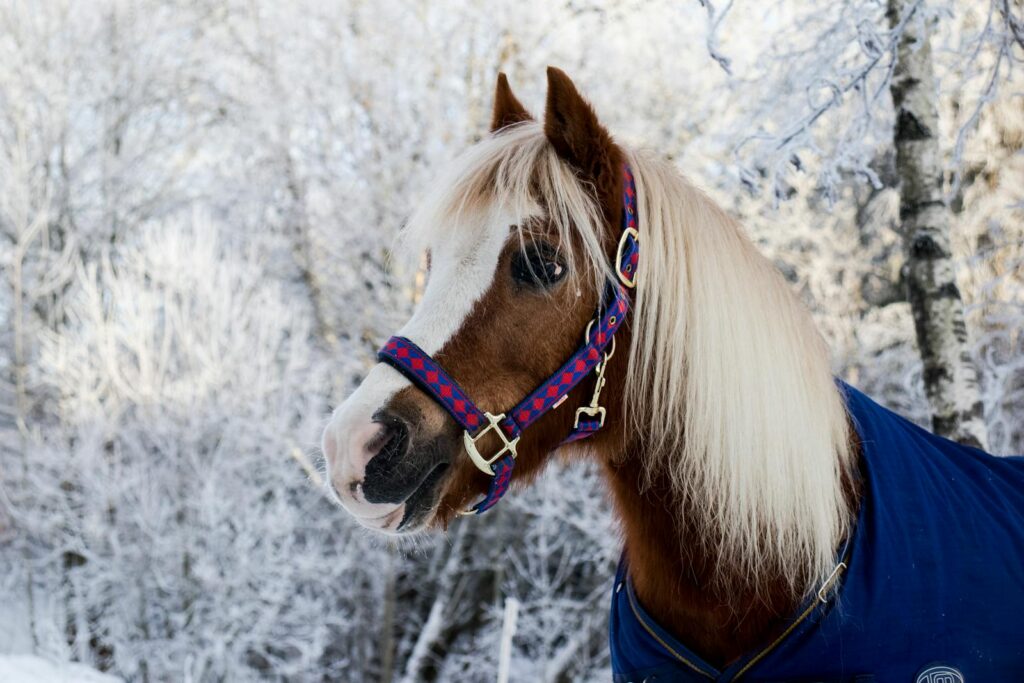
Winter presents unique challenges for maintaining equine weight and muscle, requiring proactive management adjustments. Horses naturally burn more calories to maintain body temperature in cold weather, with research indicating that energy requirements can increase by 15-25% for each 10°F drop below their comfort threshold of approximately 45°F. Provide additional forage during cold spells, as fermentation in the hindgut generates internal heat, helping to maintain core temperature. Consider appropriate blanketing based on your horse’s individual needs, coat condition, and housing situation, while being mindful that over-blanketing can lead to sweating and subsequent chilling. Maintain exercise programs, when safe, despite challenging weather, as consistent movement prevents muscle atrophy and promotes circulation, helping to maintain condition during inactive periods.
Summer Heat Considerations
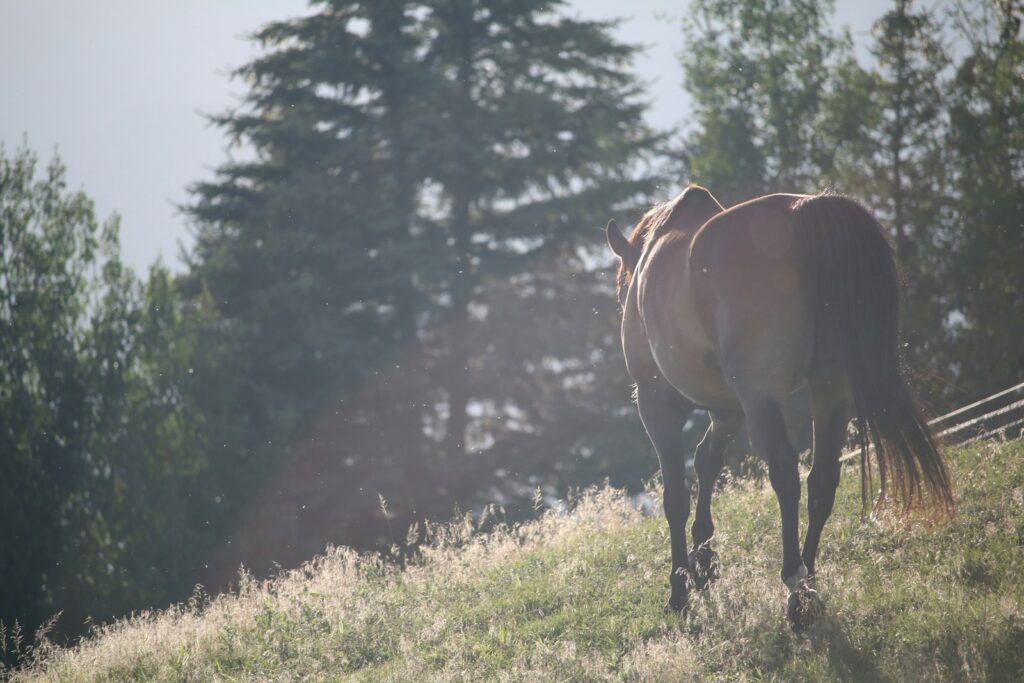
Hot weather introduces different challenges to weight and muscle maintenance, particularly for heavily muscled or dark-colored horses that are more susceptible to heat stress. Adjust exercise schedules to avoid the hottest parts of the day, focusing on quality rather than duration during heat waves. Monitor weight closely during summer months, as some horses naturally reduce feed intake during extreme heat while simultaneously increasing energy expenditure to cool themselves. Electrolyte supplementation becomes crucial during periods of heavy sweating to replace lost minerals and encourage adequate water consumption, which supports digestion and muscle function. For horses with reduced appetites during heat waves, consider feeding during cooler morning and evening hours, offering dampened forage to increase palatability, or providing small, frequent meals instead of larger portions.
Creating an Individualized Annual Plan
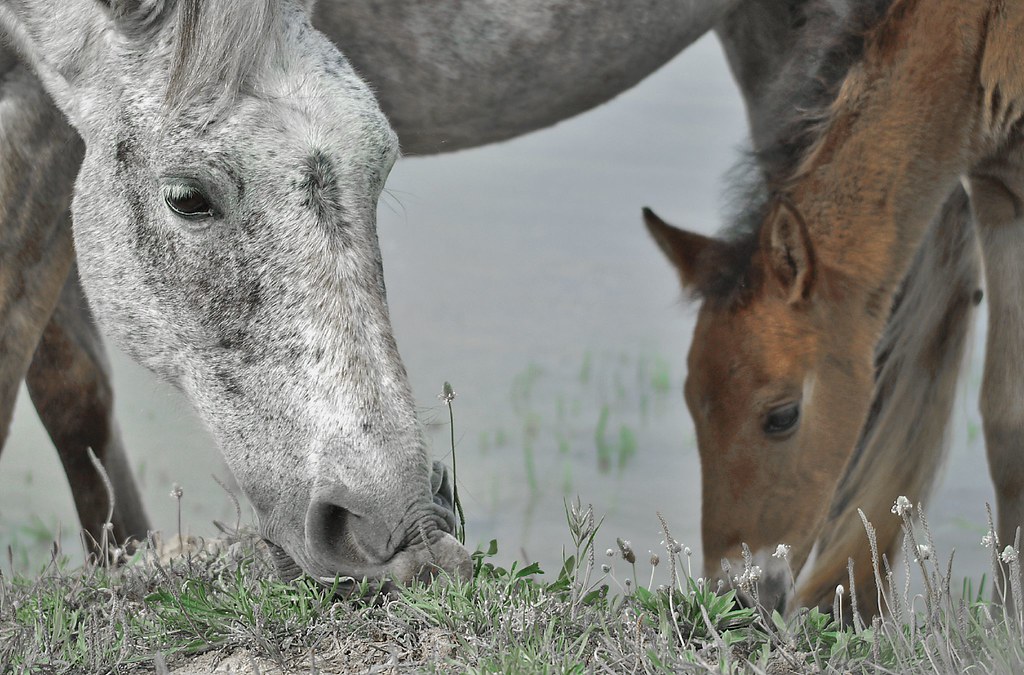
Developing a comprehensive year-round maintenance plan requires integrating all these elements into a customized approach for your particular horse. Begin by mapping anticipated seasonal changes in your region alongside your horse’s activity schedule, competition calendar, or turnout situation throughout the year. Document your horse’s historical patterns—does he typically lose condition in late winter? Gain too much weight during spring grass growth? Establish a consistent monitoring system, including regular body condition scoring, weight tape measurements, and photographic documentation to track subtle changes. Schedule routine veterinary and dental examinations at strategic intervals to address emerging issues before they impact condition. Remember that successful year-round management requires anticipating changes rather than merely reacting to them, allowing for gradual adjustments that support consistent weight and muscle maintenance with minimal stress.
Maintaining your horse’s optimal weight and muscle condition throughout the year requires attentive observation, consistent management, and a willingness to adjust your approach based on individual needs and seasonal challenges. By establishing baseline measurements, understanding the science behind nutrition and exercise, and developing proactive strategies for seasonal variations, you create the foundation for your horse’s long-term physical well-being. Remember that what works for one horse may not work for another, even within the same barn or management system. The effort invested in tailoring your approach pays dividends not only in your horse’s appearance but also in their athletic performance, comfort, and longevity. With patience and systematic care, you can help your equine partner maintain their ideal condition through every season and stage of life.

